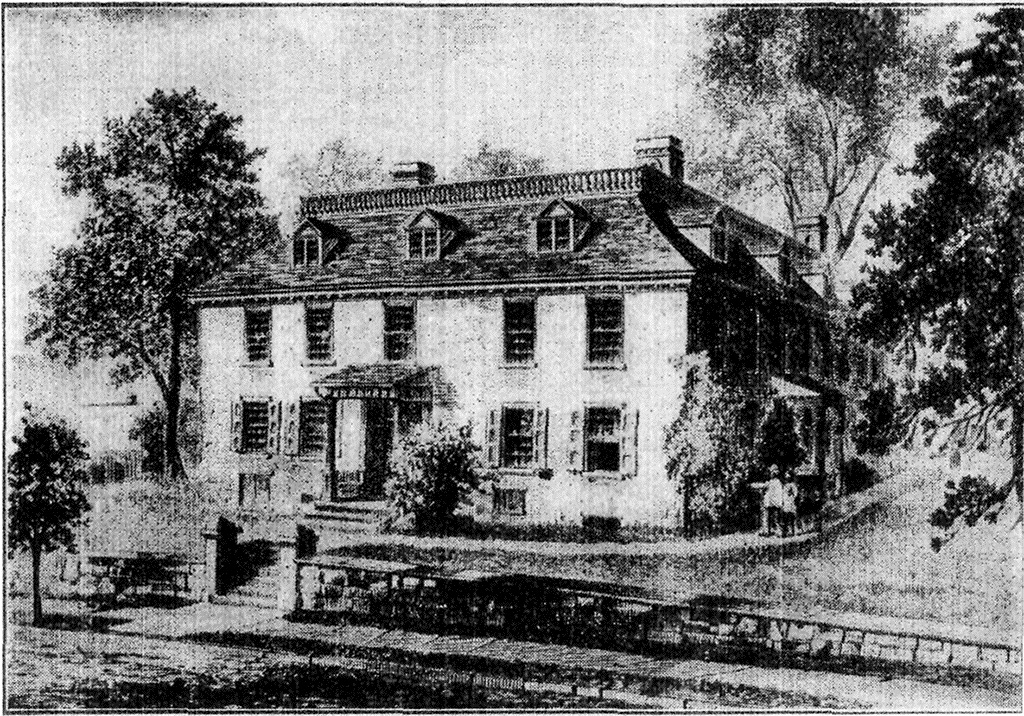
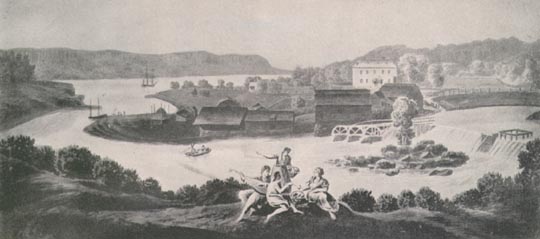
Philipse Manor Hall (circa 1682) Philipse Manor Hall in background of Hudson River drawing (1784)
[break]
[break]
[break]
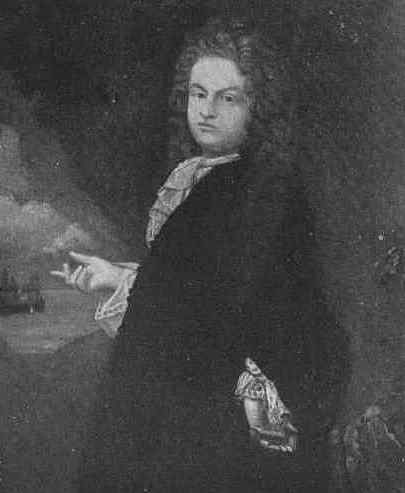


Frederick Philipse I (left) was involved in the founding of the original American colonies while Frederick Philipse II (middle) was very involved in the fight for freedom from the British during the American Revolution. Frederick Philipse III (right) was the last member of the Philipse family to have ownership of Philipse Manor Hall. He was considered unmotivated and was handed everything he owned by his predecessors. He remained a British sympathizer throughout the American Revolution and on November 28, 1776, signed a document which declared his loyalty to the British. George Washington would personally order Frederick III arrested during the war. He would later also be given the option to leave the state of New York or remain and be excecuted for being a traitor. Frederick III would instead leave the country altogether, never to return.
[break]
[break]
[break]
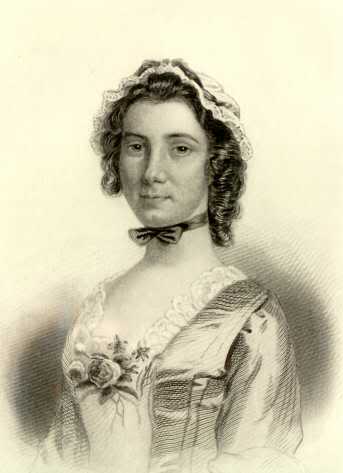
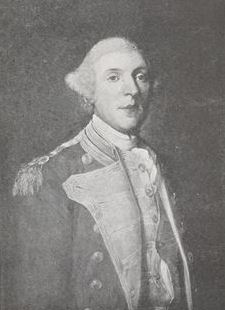
Mary Philipse (daughter of Frederick II) was said to have been George Washington’s first true love. According to rumors from 19th century newspapers, the two met while Washington was on his way to Boston for a military affair during the American Revolution. The two remained in touch by letters but when Washington again met up with Mary and proposed marriage to her, she refused, having met and fallen in love with Colonel Roger Morris (right), whom she would go on to marry. Washington was said to have been so heartbroken that he had to seek out a doctor to speak with, as he could no longer focus on his tasks at hand during the war.
[break]
[break]
[break]
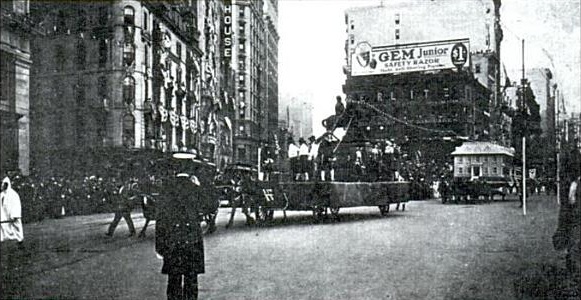
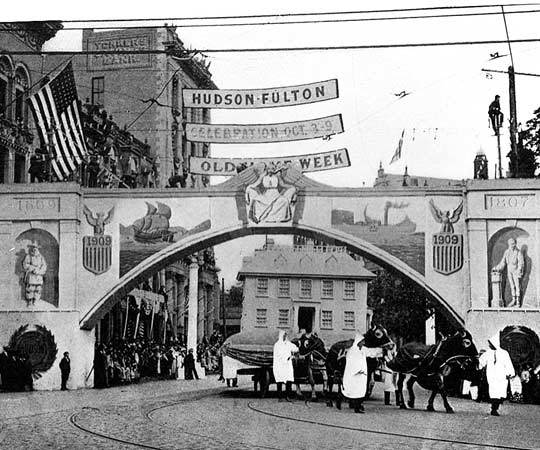
A couple views of the Philipse Manor Hall float used during the 1909 Hudson-Fulton celebration through areas of New York and New Jersey, commemorating the 300th anniversary of Henry Hudson’s discovery of the Hudson River.